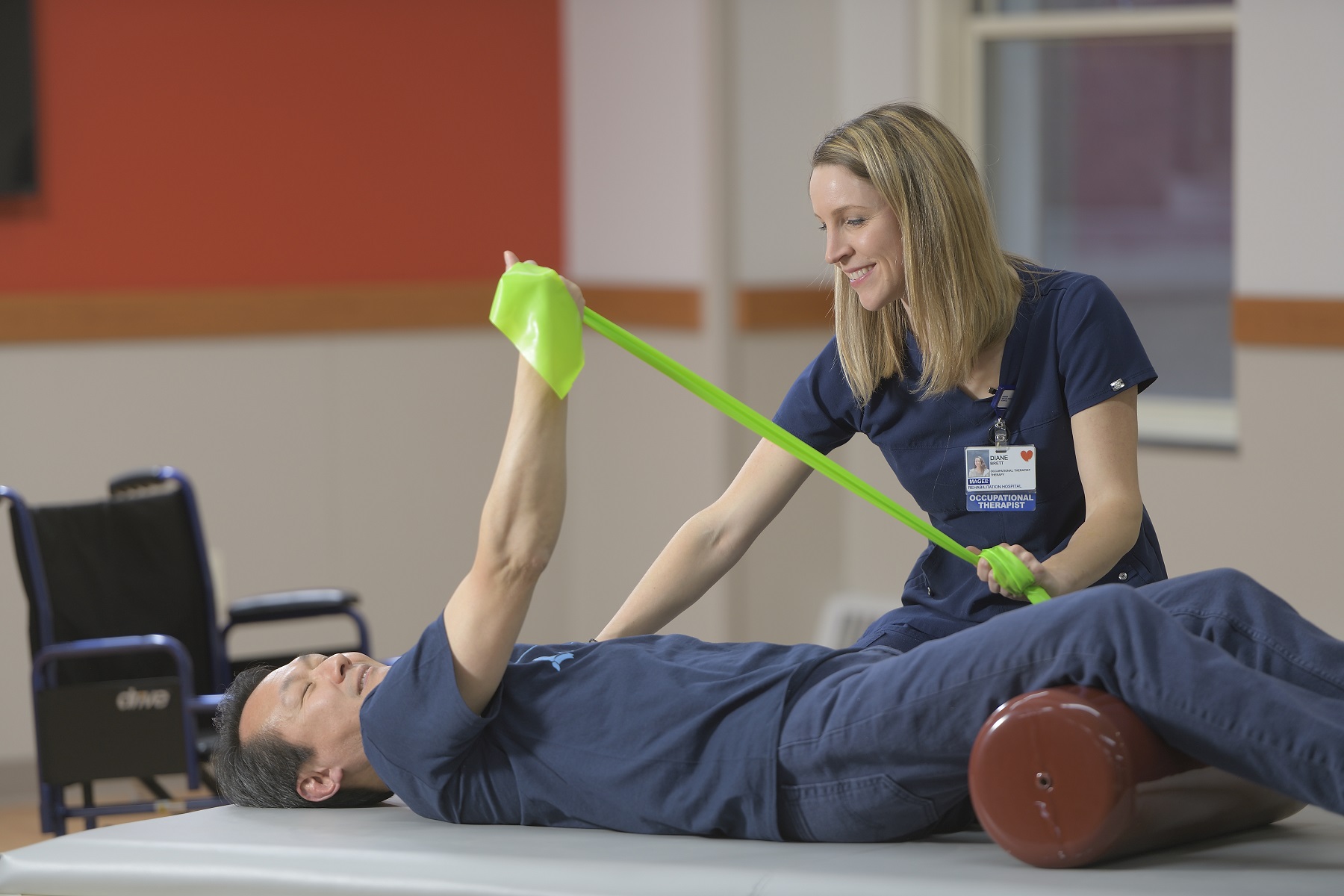Investigating the Effect of Manual Treatment Techniques on Reducing Musculoskeletal Pain and Improving Patient Outcomes
Investigating the Effect of Manual Treatment Techniques on Reducing Musculoskeletal Pain and Improving Patient Outcomes
Blog Article
Hands-on treatment methods are hands-on approaches used by medical providers to treat musculoskeletal pain. These techniques include different forms of adjustment and mobilization of the human muscle tissue and articulations. The goal of hands-on therapy is to alleviate pain, enhance movement, and enhance overall function. Many people experience musculoskeletal discomfort due to injuries, poor posture, or conditions like joint inflammation. By applying manual treatment, practitioners aim to address these concerns and help clients recover their standard of life.
One common manual therapy technique is spinal adjustment. This technique involves using controlled pressure to the spine to improve positioning and decrease pain. Research has demonstrated that spinal adjustment can be beneficial in treating lower back discomfort and cervical discomfort. Another method is gentle connective tissue manipulation, which focuses on relieving tension in the muscle tissue and connective structures. This can help alleviate stiffness and improve range of motion, making it simpler for clients to navigate without discomfort. Both methods can be customized to meet the individual needs of each client, ensuring a personalized approach to treatment.
In furthermore to discomfort alleviation, manual therapy can enhance patient outcomes in various ways. For instance, it can improve circulation, which helps deliver oxygen and nutrients to the injured regions of the body. Improved blood flow can also promote healing and alleviate swelling. Additionally, manual therapy can help clients develop enhanced physical awareness, which is crucial for avoiding subsequent trauma. By comprehending how their bodies move, patients can make more informed choices about their movements and alignment, leading to sustained benefits.
The effectiveness of manual therapy is often backed by client responses. Numerous individuals indicate notable gains in their discomfort levels and overall function after receiving treatment. This positive response can lead to increased motivation for patients to engage in physical activity and recovery programs. When clients feel improved, they are much likely to engage in their rehabilitation process, which can additionally enhance their results. This cooperative method between the therapist and the patient is crucial for attaining enduring outcomes.
In summary, manual therapy methods play a critical role in relieving musculoskeletal pain and enhancing patient outcomes. By applying techniques such as spinal manipulation and gentle connective tissue mobilization, medical providers can help clients regain mobility and alleviate discomfort. The advantages of manual therapy extend further than instant pain relief, as it pain relief through nutritional therapy also encourages healing and encourages clients to take an proactive role in their recovery. As more people look for efficient treatments for musculoskeletal concerns, hands-on therapy remains to be an essential choice in the realm of healthcare.